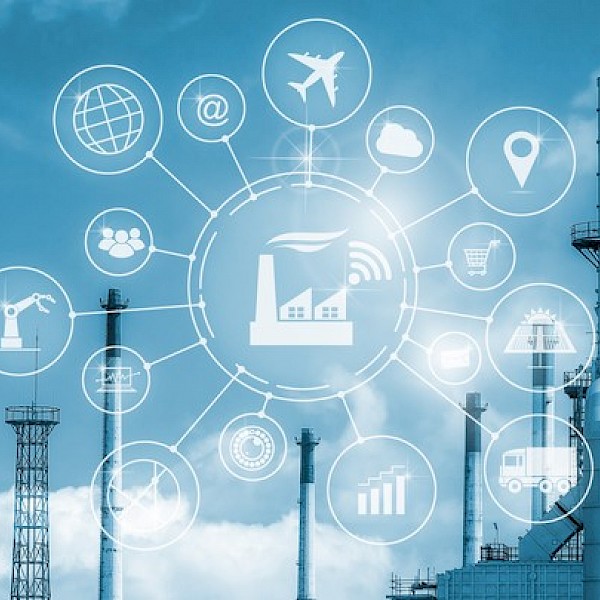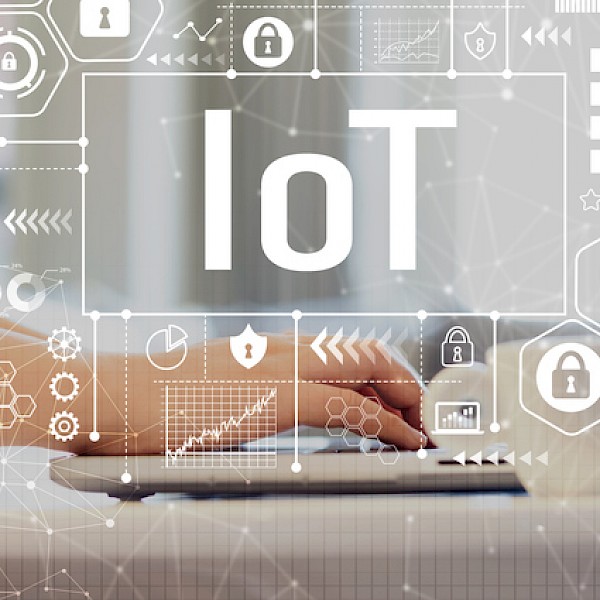Utilisation of the Internet of Things (IoT) during the pandemic crisis



The Internet of Things (“IoT”) market is notoriously hard to get a handle on. It’s a broad term that spans multiple technologies, use cases and segments. In the context of a global coronavirus pandemic, it’s especially hard to make sweeping generalisations, but there are facets of the IoT market that mark it out from other sectors that are seeing significant demand driven contractions.
To get a real sense of the operating environment, it makes sense to take a look at the IoT market in pre-coronavirus times. Analysts have continually forecasted strong headline growth figures. MarketsandMarkets expect the global market to grow from USD 77.3 billion in 2020 to USD 110.6 billion by 2025, at a CAGR of 7.4%.[1] The dominating theme seems to be that the APAC region is ahead of the curve, where the manufacturing centre of gravity is steadily moving eastwards. Even so, US and European markets are buoyant.
In the UK for example, OMR have predicted the IoT market to grow by up to 21.8% by 2025.[2] Headline growth looks pretty healthy, but the broad church of IoT (hardware, network services, and the data-driven managed services that are generated by the connection of devices), obscures more nuanced trends. Growth is being driven by the digitization of the banking and insurance sectors, and growth in consumer devices, but industrial take up of IoT technologies is still surprisingly low versus more technologically advanced Asian counterparts.


Christian Leiva Beltran, Head of IoT solutions at RS Components, a global supplier of industrial components and tools, has first-hand experience of operating in the market. He cites security concerns and a prevailing “wired and on-site server” approach to industrial infrastructure being the main barriers to wide scale adoption. The vision of smart factories and networked logistics he presents is compelling, but he is clear that we are a long way off this sort of mass adoption. “There would need to be significant alignment across the value chain for this to be possible” he says.
The use cases are certainly out there - PwC for example have identified multiple segments where IoT utilisation could drive significant operational efficiencies[3], but the last few years can be characterised by a frustrating proof-of-concept phase, when it comes to the business application of IoT technologies.
Things might well be changing following the advent of the coronavirus pandemic, though. Christian is pragmatic about the scale of the pandemic effect, but he does see the landscape developing. “We think that the coronavirus pandemic will push manufacturers in the direction of IoT adoption” he says. He cites pre-existing clients who have been able to adjust to the realities of social distancing with less disruption to their industrial operations.
IoT technologies have facilitated real time monitoring of equipment and industrial components remotely, whereas those without the benefits of IoT technology have had to reduce operations or shut down entirely. “Given the pandemic, pragmatically, there will not be any sudden increase in demand for IoT right now” Christian says. But he expects the use case for IoT to be incredibly compelling when the pandemic passes, as the value proposition becomes even stronger. There may well be demand for remotely controlled industrial equipment, as practical benefits begin to win out over other concerns.


Outside of the industrial sector, healthcare is where analysts tend to agree that IoT utilisation will directly increase as a result of the pandemic. Sarah Wilkinson, of NHS Digital indicated that coronavirus will change medical practices to be increasingly digital: “The move to digital methods and behaviours is a good thing because it is pushing people to digital and if this is an accelerator then that is great because at moments like this an organisation finds new ways to push boundaries.”
IoT technologies have multiple use cases in the context of clinical service delivery, but the real-time data potentialities of IoT devices may well prove incredibly valuable in the coming months. A recent study by researchers at MIT has flagged that aggregated mobile phone datasets can be used in tracking the spread of epidemics at micro scale and aiding in policy decisions.


There is no doubt that macroeconomic uncertainty will play its part in dampening spend on IoT technologies in the short term, but the use case for industrial operations and supply chains underpinned by IoT technologies, as well as the other myriad of sectors, has become more apparent than ever. As economies stutter back into life, and capex begins to flow, we expect that implementing these operational efficiencies will be on top of a lot of agendas.
Enquire NowSimply provide us your contact details and we will be in touch |
Empiric is a dynamic technology and transformation recruitment agency specialising in data, digital, cloud, security and transformation. We supply technology and change recruitment services to businesses looking for both contract and permanent professionals.
Empiric are committed to changing the gender and diversity imbalance within the technology sector. In addition to Next Tech Girls we proactively target skilled professionals from minority groups which in turn can help you meet your own diversity commitments. Our active investment within the tech community allows us to engage with specific talent pools and deliver a short list of relevant and diverse candidates. For more information contact 02036757777 To view our latest job opportunities click here. |